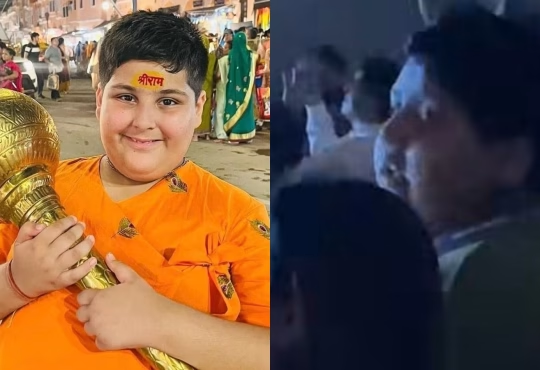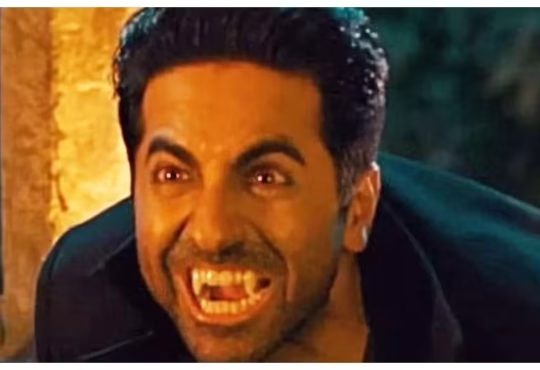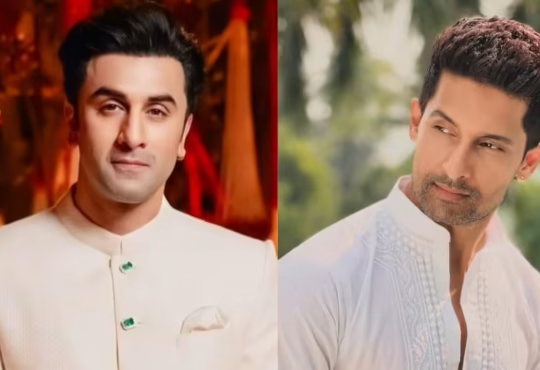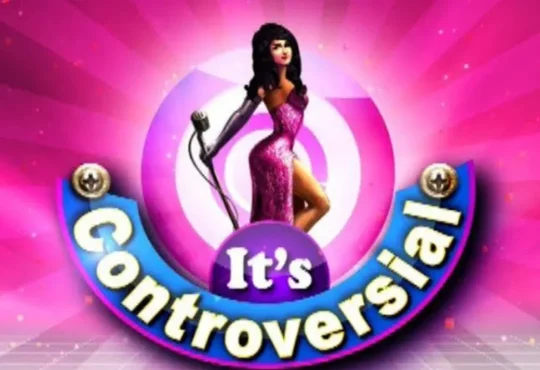
Bollywood, long celebrated for its glitz, glamour, and larger-than-life storytelling, is facing a storm in 2025—one that isn’t about box office numbers or blockbuster releases. This time, the controversy revolves around artificial intelligence (AI) and deepfake technology, which are challenging ethical boundaries and redefining authenticity in cinema and celebrity culture. Over the past few months, several high-profile incidents have brought these issues into the spotlight, leaving filmmakers, actors, and fans grappling with a complex new reality.
AI and Deepfakes: The Heart of the Controversy
At the center of these scandals is the use of AI-generated content to create lifelike representations of actors without their consent. Deepfake technology uses advanced machine learning to superimpose one person’s likeness onto another. While globally, it has been explored as a tool for filmmaking, in Bollywood it initially promised exciting possibilities:
- De-aging stars for flashback scenes
- Resurrecting late actors for tribute projects
- Experimenting with creative storytelling
However, what began as a creative tool has quickly become a double-edged sword, raising questions about privacy, consent, and the commercialization of personal images.
High-Profile Incidents Shaking Bollywood
The first major incident involved a leading actress, whose likeness was reportedly used in a commercial project without her approval. Insiders claim the production company employed AI-generated imagery to shoot a scene the actress had explicitly declined. Once the footage leaked online, social media erupted with outrage, condemning the misuse of technology.
Legal experts weighed in, noting that while Indian law prohibits unauthorized use of personal images for commercial purposes, enforcement for AI-generated content is still unclear. This case highlighted the urgent need for updated legislation as technology continues to outpace existing laws.
Soon after, rumors emerged about deepfake videos of prominent actors in adult content, created without their consent. These hyper-realistic videos circulated online, causing serious psychological distress for the celebrities involved. Many reported anxiety, fear of reputational damage, and vulnerability, as their digital likenesses were manipulated in ways they could neither control nor easily remove. This situation underscored how AI can be both a creative tool and a weapon for exploitation.
Bollywood’s Mixed Response
The industry’s response has been varied:
- Production houses: Some continue to embrace AI for cinematography, special effects, and scriptwriting.
- Actor and technician unions: Call for stricter guidelines and ethical protocols for AI and deepfake use.
- Prominent stars: Demand written consent before filmmakers use AI to recreate their likeness, arguing unauthorized digital replication violates personal rights.
Experts emphasize that modern deepfakes are now nearly indistinguishable from reality, making them both more appealing and more dangerous. For Bollywood, where a star’s image is central to marketing and box office success, unauthorized appearances could mislead audiences and undermine trust—a foundation of the industry’s growth.
Legal and Ethical Challenges
Legal authorities are racing to catch up. India’s Information Technology Act (2000) and Copyright Act (1957) provide some protection against unauthorized use of images, but they predate AI-generated deepfakes. In response to recent scandals, lawmakers are proposing amendments to criminalize the creation and distribution of non-consensual deepfake content, especially for commercial gain or harassment. If passed, these laws could safeguard the digital identities of public figures.
The scandals have also sparked a wider cultural conversation about authenticity and trust in the digital age. Fans, accustomed to curated social media personas, are questioning what is real and what is fabricated. Discussions about ethical responsibilities of filmmakers and the reliability of online content have flooded forums and panels. In an era where a star’s face can be digitally altered in minutes, the definition of “celebrity” itself is shifting.
How Bollywood is Adapting
The industry is already responding:
- Filmmakers are relying more on practical effects and live-action footage.
- Studios are investing in digital rights management technologies to track and authenticate content.
- Training programs for actors, directors, and editors now include AI ethics modules, stressing transparency and consent.
Yet challenges remain. AI tools are widely accessible, meaning even amateurs can create realistic deepfakes, complicating monitoring and enforcement. The global reach of digital platforms adds another layer of difficulty, as content created in one country can quickly spread worldwide, creating logistical and reputational risks for Bollywood.
Towards Ethical Innovation
Industry veterans argue that the solution isn’t banning AI but fostering ethical innovation:
- Include clear contractual stipulations for digital replication
- Establish industry-wide standards for consent
- Develop verification systems to differentiate authentic content from AI-generated material
- Encourage audiences to critically evaluate online content
This approach emphasizes responsibility and awareness while still embracing AI’s creative potential.
The Takeaway
The recent AI and deepfake scandals in Bollywood are a cautionary tale. While AI opens up remarkable creative possibilities, it also demands oversight, responsibility, and ethical principles. For an industry built on illusion, the challenge now is balancing artistic ambition with the rights and dignity of its stars.
The face of Bollywood is changing—not just on the silver screen, but in the digital realm. How the industry navigates these ethical and legal crossroads will determine its credibility and future storytelling. For actors, filmmakers, and fans, understanding and addressing these challenges is no longer optional—it’s essential.
In the coming months, expect more policy discussions, courtroom battles, and technological innovations aimed at striking the delicate balance between creativity and responsibility. The big question remains: can Bollywood harness AI responsibly, ensuring stars retain control over their images while audiences continue to enjoy the magic that has made the industry a global phenomenon?









